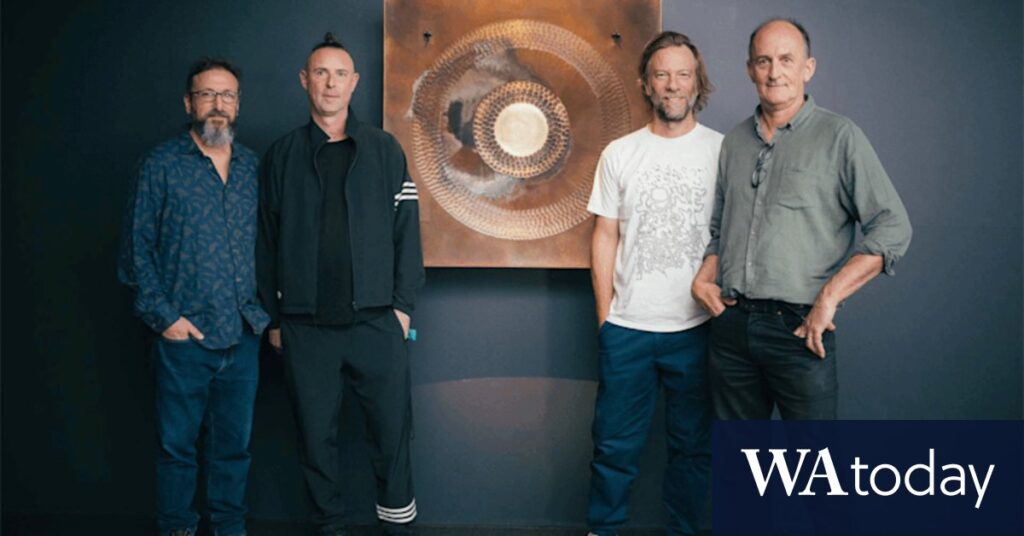
Perth, one of the world’s most isolated cities, has emerged as a surprising epicenter for groundbreaking experiments at the intersection of art and science. These projects, often provocative and challenging, are raising significant ethical questions about the nature of life and sentience. At the heart of this debate is SymbioticA, a pioneering artistic laboratory founded 25 years ago within the University of Western Australia’s School of Anatomy and Human Biology.
“We are in uncharted territory. These are not conversations that can be left just to scientists or corporations,” said SymbioticA cofounder Oron Catts. The lab has become a space where artists, scientists, and the public confront ideas typically hidden behind laboratory doors. Yet, despite its global influence, there are no global laws, national regulations, or even a consensus on what “sentience” means in this context.
The Intersection of Art and Science
SymbioticA’s projects have pushed the boundaries of what is possible, and in doing so, they force audiences to consider not just what is possible, but what is acceptable. A micro replica of Perth artist Stelarc’s ear, created in collaboration with Oron Catts and Ionat Zurr, exemplifies this intersection. These aren’t scenes from science fiction; they are real, tangible creations made in Perth.
Dr. Stuart Hodgetts, a neuroscientist at UWA, has been a scientific advisor to SymbioticA from its inception. “My role was to be a sounding board and to advise on what we could do to help. They’d come to me with ideas that were provocative, often outrageous,” he said. The lab’s work includes projects like a miniature jacket made from the stem cells of mice and the world’s first lab-grown meat in 2003.
Ethical Implications and Global Influence
SymbioticA’s influence extends far beyond Perth. Its work has been exhibited at prestigious venues worldwide, including New York’s Museum of Modern Art and the Pompidou in Paris. One of its most debated works, Revivification, is currently on display at the Art Gallery of Western Australia. This installation uses the living cells of late composer Alvin Lucier to create music in real-time, sparking discussions about the nature of consciousness and agency beyond death.
“Alvin himself knew exactly what it was that we were going to do, what it would look like, what it would sound like. So it was a real collaboration,” said Matt Gingold, who engineered the installation. The project raises questions about whether these cells are “thinking” or “learning” as they respond to their environment.
Exploring New Frontiers
SymbioticA co-founder Ionat Zurr is now exploring one of the most sensitive frontiers: artificial placentas. In collaboration with US Penn State University Arts professor Christine Millett, Zurr is hosting a workshop in Perth focused on ectogenesis—the growth of an embryo outside the body in an artificial womb.
While this science could one day save extremely premature babies, it opens a Pandora’s box of ethical questions. Could it free women from the burdens of pregnancy, or create new powers to control reproduction? Perth perinatology researcher Professor Matt Kemp notes that the science is far less advanced than many assume. “We are more likely to be on Mars before we see a baby born from an artificial placenta. But I could very well be wrong,” Kemp said.
Global Ripples and Future Directions
The questions raised by SymbioticA’s work are resonating globally. Last month, Oron Catts organized the international Politics of the Machine conference in Perth, drawing speakers from around the world. Neuroscientist Brett Kagan, chief scientific officer of Melbourne start-up Cortical Labs, was among the keynote speakers. His company is behind the world’s first “bio computer,” capable of teaching neurons to play games like Pong.
“We don’t understand enough to be making a call as scientists, let alone politicians or policymakers, to be able to effectively regulate this. Anything you put in now would be redundant by the time it becomes a law,” said Kagan.
Despite its global impact, SymbioticA has struggled for recognition at home. “Australia doesn’t really see art as important, which is frustrating, but it also gave us freedom,” Catts said. Meanwhile, discussions about the ethical implications of synthetic biology and neuroscience continue to evolve, with Europe leading the debate on whether cerebral organoids could one day be considered a form of legal personhood.
SymbioticA itself is currently in “hibernation” after closing at UWA in June 2024. However, discussions are underway with the Art Gallery of Western Australia to reopen next year. As Perth continues to be a hub for these cutting-edge discussions, the city is not just a spectator but an active player at the forefront of bioethics.







